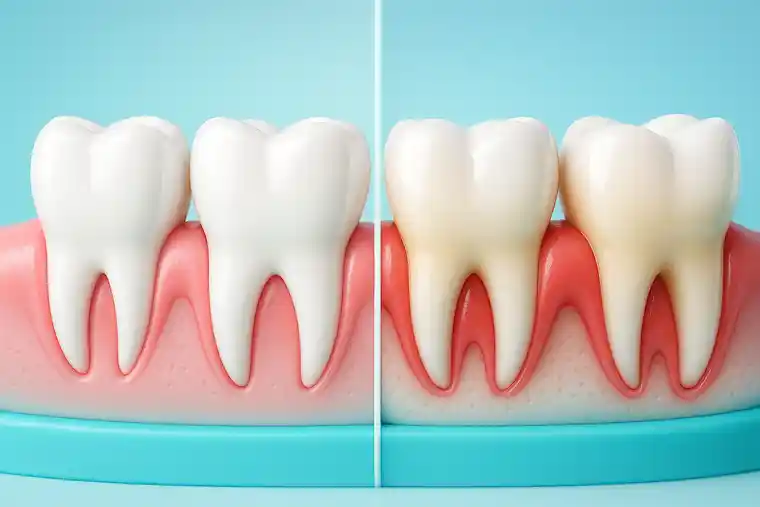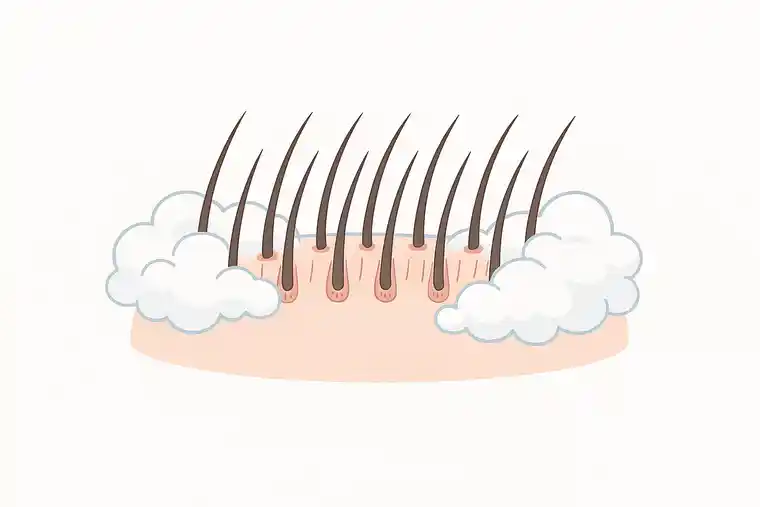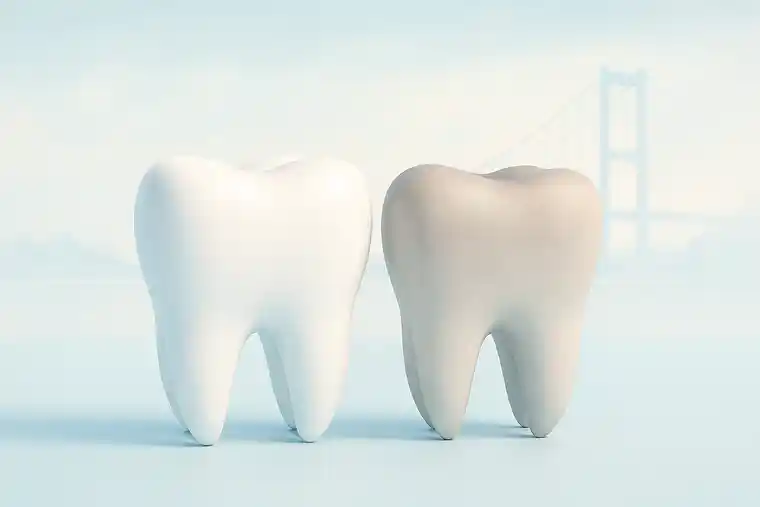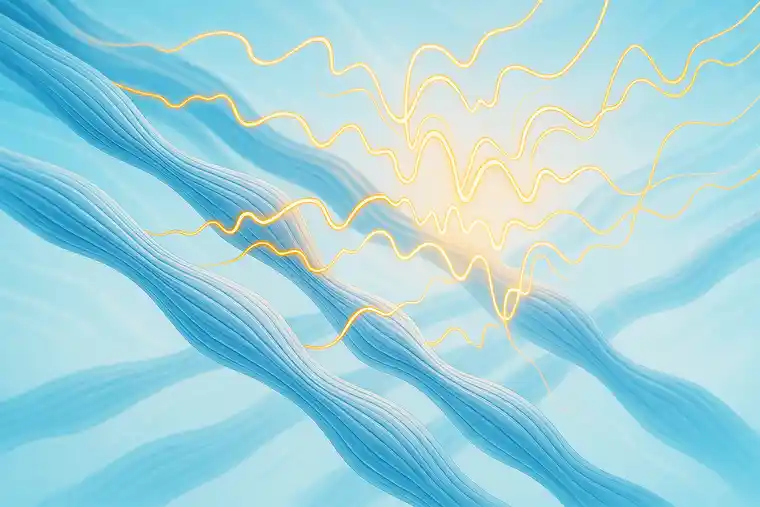Stem Cell & Exosome Therapy for Muscular Dystrophy in Istanbul, Turkey – Insights by Prof. Dr. Serdar Kabataş, MD, PhD(C)
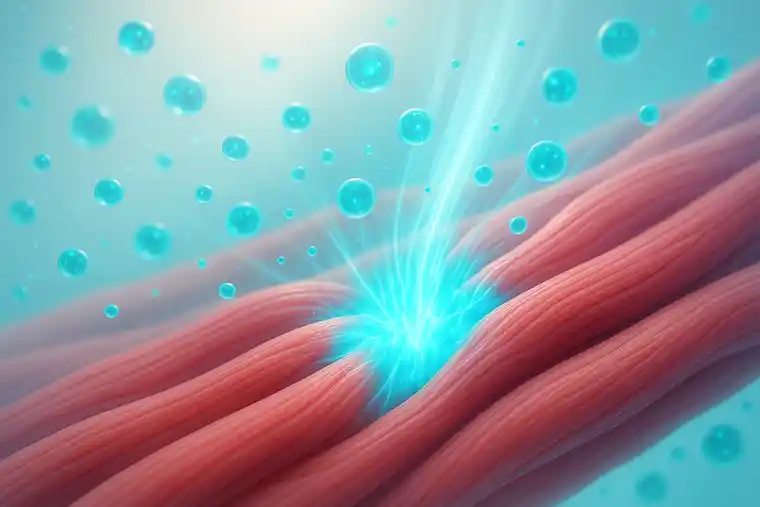
Understanding Muscular Dystrophy and the Role of Regenerative Therapy
By Prof. Dr. Serdar Kabataş, MD, PhD (C)
A Personal Perspective
I am Prof. Dr. Serdar Kabataş, a neurosurgeon who has spent more than two decades treating disorders of the nervous system – the brain, spinal cord, and peripheral nerves – and the complex consequences they impose on the human body. Over time, my work led me to one of the most challenging and emotionally charged conditions in medicine: muscular dystrophy.
In the operating room and in follow-up clinics, I have met children who could no longer run with their friends, young adults whose muscles weakened before their dreams could take shape, and parents who asked the same question I still hear today: “Is there anything else we can try?”
For years, my answer was painfully limited. Conventional medicine could slow the process, ease symptoms, but not reverse it. In recent years, however, regenerative medicine – stem cells and now exosome-based therapies – has opened a narrow but hopeful window. It is not a miracle, but it represents a scientific effort to help the body repair what genetic mutations have damaged.
Table of Contents
What Muscular Dystrophy Really Means for Patients and Families
Muscular dystrophy isn’t just one illness. It’s a group of inherited disorders that slowly take strength away – first from the muscles, then from daily life itself.
Behind the technical words are human lives – a teenage boy who once ran across the football field now pausing halfway up the stairs, a father who still carries his child long after most parents would stop because the child can no longer walk alone.
It doesn’t only change the body. It changes routines, plans, even what a “normal” day looks like.
Families learn patience in ways most people never have to.
Sometimes they celebrate things others overlook – one more step, a clearer word, a night without pain.
That kind of courage has a weight of its own.
The hardest part is the slowness. Nothing dramatic, just small losses, one after another. Muscles that once responded instantly begin to fade. We can support the heart, ease breathing, treat infections — but we can’t yet give back what’s gone.
That’s why I turned toward regenerative medicine. Not to promise miracles, but to see if we can help the body heal itself, even a little.
Causes and Genetic Nature of Muscular Dystrophy
Most people think muscular dystrophy is one single disease. It isn’t.
It’s a group of inherited conditions, all linked in some way to the same problem – a missing or faulty instruction inside the genes that tell our muscles how to stay strong.
In Duchenne’s form, which we usually see in young boys, the gene that should make a protein called dystrophin simply doesn’t do its job.
Without it, the muscle fibers tear every time the child moves.
The body keeps trying to repair them, but after a while, scar tissue takes over where muscle used to be.
Becker’s type is a bit milder – the body still makes some dystrophin, just not enough.
There are other, rarer types too: limb-girdle, facioscapulohumeral, congenital forms – each affecting different muscles, sometimes starting in infancy.
I’ve watched the same pattern again and again.
At first the weakness is in the legs; then it creeps upward, reaching the trunk, and later even the heart and lungs. It’s slow, but it never really stops.
So when we talk about treatment, it isn’t only about fixing a gene. We also have to calm the inflammation that keeps burning the muscle from inside.
Both need attention – the damaged cells, and the storm around them.
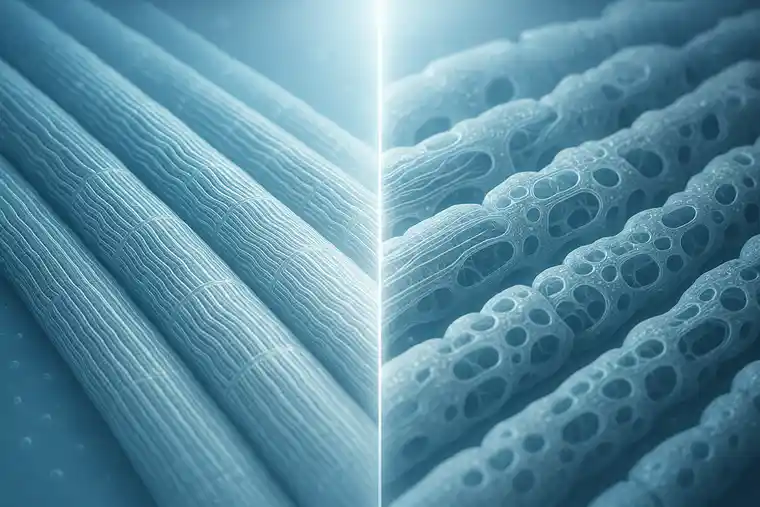
Symptoms and Daily Realities of Muscular Dystrophy
Muscular dystrophy does not arrive overnight. It creeps in quietly – a stumble, a slower climb, a fall that takes longer to recover from.
Common symptoms include:
- Gradual muscle weakness, especially in legs and hips
- Frequent falls or difficulty rising from the floor
- Fatigue after minor exertion
- Progressive curvature of the spine due to weak back muscles
- Breathing or cardiac difficulties in advanced stages
For families, the emotional weight can be as heavy as the physical one. Parents measure time by what their child can still do, rather than birthdays or milestones. And yet, amid this, there is resilience – the will to try, to hope, to adapt.
Stem Cell Therapy for Muscular Dystrophy – Clinical Evidence and Rationale
When we speak of stem cell therapy, we speak of a scientific attempt to support regeneration, reduce inflammation, and replace or rescue degenerating muscle fibers.
Several types of stem cells have been explored:
- Mesenchymal Stem Cells (MSCs) from umbilical cord tissue (Wharton’s Jelly)
- Adipose-derived or bone-marrow-derived stem cells
- Induced pluripotent stem cells (iPSC) for laboratory modeling
In our experience, Wharton’s Jelly-derived MSCs offer the best safety profile. They do not carry the patient’s own genetic mutation, they are immune-modulatory, and they secrete beneficial growth factors and exosomes that help reduce chronic inflammation in muscles.
A Pilot Case (2021)
I still remember one of our early patients – a 12-year-old boy with Duchenne muscular dystrophy. When he first came to us, he could no longer walk on his own. His parents had tried every available therapy, but the decline kept going. Over six months we carried out five sessions using stem cells from Wharton’s Jelly – given both into the vein and directly into the affected muscles.
Each session was followed by careful physiotherapy; his family worked incredibly hard to keep up with it. There were no serious side effects.
After a few months, his mother told me, “He doesn’t tire as quickly anymore.” His arm movement became steadier, his breathing tests stopped dropping, and for the first time in years the progression seemed to slow.
Medically, those are small steps. For that family, they meant everything.
It confirmed what many of us suspected – that even in advanced disease, there might still be a window for recovery if we give the body the right tools. Around the world, other teams have seen the same pattern.
A 2023 clinical study found measurable improvement in muscle function and enzyme levels in Duchenne patients treated with umbilical-cord stem cells, again with no serious side effects.
It’s early work, but it keeps the conversation alive – and for a condition like this, that matters.
The Role of Exosomes in Muscle Regeneration
Exosomes represent a new chapter in regenerative medicine. These microscopic vesicles – about one-thousandth the size of a stem cell – are natural carriers of microRNA, proteins, and lipids that influence cell behavior.
In muscular dystrophy, exosomes derived from stem cells may help by:
- Reducing oxidative stress and chronic inflammation in damaged muscle fibers
- Promoting new blood-vessel formation
- Modulating immune responses that accelerate fibrosis
- Delivering genetic and protein signals that encourage surviving muscle cells to repair
What makes exosomes particularly interesting is their ability to cross tissue barriers and act precisely where stem cells may not reach. They can be purified, standardized, and stored – characteristics closer to pharmacological treatments than transplants.
Exosome therapy is still young, but it’s one of the most promising frontiers we’ve seen in years.
In muscular dystrophy, where the damage is spread throughout the body, we have to do more than rebuild tissue – we have to calm the inflammation and slow the scarring that keep the muscles from repairing themselves.
That’s exactly where exosomes seem to help. They don’t divide, they don’t trigger immune reactions, and they can cross barriers that ordinary cells can’t. That makes them an ideal partner for stem-cell therapy rather than a replacement.
Researchers are already exploring ways to engineer exosomes so they can carry corrective messages – tiny RNA fragments that might help cells produce dystrophin again or silence the processes that destroy it.
It’s still early, but each experiment moves us a step closer. And in this field, every small step counts.
The Patient Journey in Stem Cell & Exosome Therapy for Muscular Dystrophy
Every patient’s journey begins with careful evaluation. We review genetic reports, functional tests, and imaging studies.
- Before we start any treatment, we take time to really understand the patient — not just the diagnosis.
- The cells themselves come from Wharton’s Jelly in donated umbilical cords.
- They’re prepared in a certified laboratory – sterile, carefully tested, handled under strict medical conditions.
- Nothing is improvised; every step is documented.
- Treatment usually takes place over several sessions.
- We give the stem cells and exosomes both through the vein and, when needed, directly into the muscles that are most affected.
- Physiotherapy and proper nutrition go hand in hand with this – they’re not optional; they’re part of the healing process.
- After each session, we ask families to watch closely and note even the smallest changes – less fatigue, steadier hands, better mood.
Often it’s the parents who see it first.
I still remember one mother telling me, almost whispering, that her son had managed to comb his own hair again after the third session. To her, that small movement meant the world.
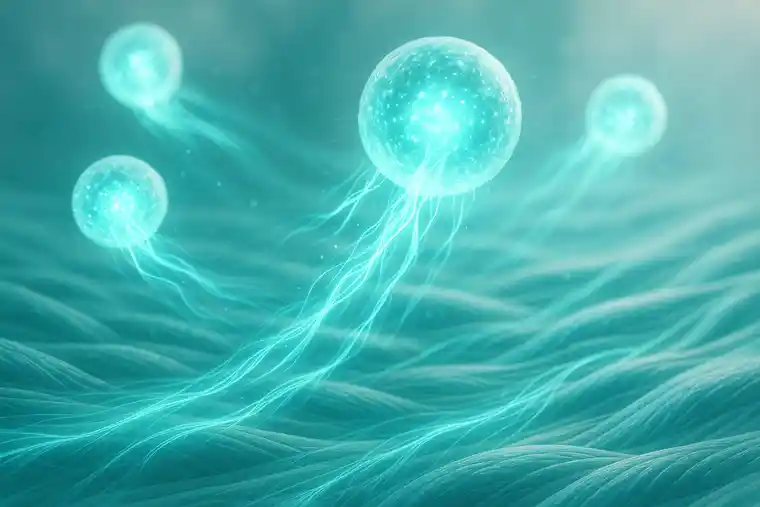
Risks and Realistic Expectations for Muscular Dystrophy
So far, the risks observed with WJ-MSC and exosome therapy are mild – short-term fever, headache, or injection-site soreness. No tumors or severe reactions have been reported in properly conducted studies.
We have to stay realistic. These treatments aren’t cures. They don’t erase the disease – they help you hold on to what still works and, sometimes, bring back small abilities that make daily life easier.
Short Guide for Patients and Family
For patients and families reading this, here is a short guide we share in our consultations — clear, honest, and based on what we have learned from real cases.
🧬 Understanding the Disease: A Genetic Condition Without a Cure (Yet)
Muscular dystrophy is a genetic disease, passed down or caused by mutations in your DNA. These mutations affect a protein called dystrophin, which is essential for keeping muscle fibers intact. Without enough dystrophin, your muscle cells break down faster than your body can repair them.
Over time, the healthy muscle tissue is replaced by scar tissue and fat. This leads to progressive weakness, balance issues, fatigue, and in many cases, the eventual need for a wheelchair – not because your mind isn’t willing, but because your muscles physically can’t keep up.
There is currently no cure anywhere in the world that can fully stop or reverse this process. But that doesn’t mean we are powerless.
✅ What Stem Cells Can Offer You
Stem cells – especially umbilical cord-derived mesenchymal stem cells (UC-MSCs) – can help by:
- reducing the chronic inflammation in your muscles,
- slowing the ongoing destruction of muscle fibers,
- encouraging your body to activate its own repair mechanisms,
- protecting vital functions like breathing and circulation.
Many patients experience:
- better day-to-day endurance,
- less stiffness or cramping,
- improved mobility (even small improvements can feel big),
- delay in the need for a wheelchair – or even the ability to maintain independent walking for longer.
🟢 So yes – stem cells may help you avoid or postpone the need for a wheelchair, especially if treatment starts early enough and is combined with proper rehab and follow-up sessions.
🔴 But there is no guarantee, and it’s important to keep expectations realistic. Every person’s body responds differently.
❌ This Is Not a Miracle – But It Is Realistic Hope
Stem cell therapy is not magic. It can’t rebuild muscles that have already turned to fat or scar tissue. It won’t suddenly make you strong again overnight. But what it can do is:
- help you hold onto the strength you still have,
- protect your breathing and heart,
- support your independence in daily life,
- and give you back some quality of life.
In that sense, it’s not about curing the disease – it’s about changing its course.
🧪 Safe. Ethical. Backed by Science.
We use umbilical cord-derived stem cells, collected ethically and processed under the highest laboratory standards. These cells are young, active, and safe – they don’t come from embryos, and they don’t come from your own body. The treatment is carried out under strict medical supervision.
🤝 What we Promise You
We won’t promise a miracle.
But we do promise to walk this road with you – step by step – with honesty, medical expertise, and hope grounded in reality.
We’ll focus on what’s still possible. And that may be more than you think.
Prof. Dr. Serdar Kabataş, MD, PhD (C)

The Quality and Ethics of Stem Cells & Exosomes
Families often ask where the cells come from – and it is their right to know.
Cell Quality and Responsibility
The stem cells we use don’t come from patients. They come from umbilical cords – donated after healthy births. Nothing is taken from the mother or baby. Parents sign written consent, and that’s where the process begins.
Those cords go straight to the lab. Not just any lab – a facility that works under medical-grade manufacturing rules. The same standards we use for surgical instruments. Every tube, every dish is sterile. Each batch is logged, tested, re-tested. If anything looks even slightly off – contamination, weak growth, irregular cells – it’s discarded immediately.
The exosomes are taken from those same stem-cell cultures. They’re separated step by step, through careful spinning and filtering, until what’s left are the pure vesicles – the actual “messages” the cells send to one another. That’s what we use.
Families sometimes ask if this is safe. I tell them what I tell my own team: I wouldn’t use anything in treatment that I wouldn’t trust for someone in my family.
That’s the line.
Everything we do begins and ends with that.
I tell every family the same thing I tell my own colleagues:
I would never offer a treatment that I wouldn’t trust for someone in my family.
Innovation is exciting, but responsibility has to come first.
Conclusion – Hope Grounded in Science
Muscular dystrophy is still one of the hardest conditions we face.
But the field isn’t standing still anymore. Every study, every patient we follow, adds a small piece to the puzzle. We’re beginning to understand how the body might help itself — if we give it the right kind of support.
Stem-cell and exosome treatments don’t create miracles. They create chances.
I’ve watched young people who had almost given up start to move a little easier, smile more, find their confidence again. For the families, that change is everything. Medicine has never been just about keeping someone alive. It’s about giving those years back a bit of meaning – movement, laughter, dignity.
That’s why we keep going. Carefully, ethically, step by step.
One patient at a time. One quiet discovery at a time.
FAQ’s regarding Stem Cell & Exosome Therapy for Muscle Dystropy
Is there a cure for muscular dystrophy?
No. I wish there were – every doctor who treats these patients wishes the same. For now, we can’t stop No… not a real cure. I wish I could tell you otherwise. What we can do is try to slow it down – keep the muscles working for as long as we can, help with breathing, help with movement. It’s not a fix, but it’s something. And sometimes, that little bit of “something” means the world to a family.
Can this really help my child move again?
Sometimes it does, a little. A child who couldn’t lift a cup might manage again after a few sessions. Another might walk a few more steps before needing rest. It’s not dramatic, but for parents, those small moments feel huge.
Is the treatment safe?
Yes. The cells come from donated umbilical cords after healthy births – never from embryos. They’re cleaned, tested, and prepared in hospital-level labs. The most we usually see is mild tiredness or a short fever after treatment. Nothing more serious so far.
Is it safe for young children?
Yes – when done in a certified medical environment with screened stem cells and exosomes from healthy umbilical cords.
The main effects we’ve seen are mild and short-lived: tiredness, light fever, or headache for a day. No severe complications have occurred in our clinical work. The real risk is choosing an unregulated clinic that doesn’t follow GMP or medical ethics.
How long before we notice anything?
There’s no set time. Some families see small changes in a month or two; others take longer. I always tell them – don’t look for miracles, look for movement. Sometimes progress is a little less fatigue, a steadier hand, a calmer night.
What if nothing changes at all?
Then we keep working. Physiotherapy, breathing exercises, nutrition – those never stop. Even when improvement isn’t visible, the therapy can still help stabilize things. The point is to buy time, strength, and quality of life. Every day matters.
Get your free consultation
- Need guidance and reassurance?
- Talk to a real person from MedClinics!
- Let's find the perfect doctor together.


